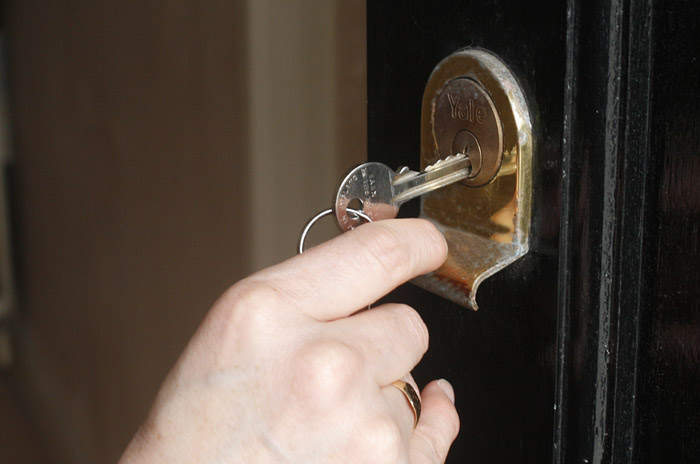Who’s got the key?
 An important part of a Property Manager’s role is undertaking regular inspections to meet requirements of insurance cover, identify maintenance and repair needs as well as generally inspecting the property.
An important part of a Property Manager’s role is undertaking regular inspections to meet requirements of insurance cover, identify maintenance and repair needs as well as generally inspecting the property.
So what happens during a property inspection? You arrive on site, the tenant lets you in and you complete your inspection.
Do you see any red flags with this situation?
You will, after you review the following two meth case histories!
The salient point of these case histories is at some point both of the tenants changed the locks without the landlord’s permission.
Background of Property 1:
- The tenants were a young married couple with two children aged 3 and 5 years
- The rent was paid on time and the tenants kept the interior in a reasonable state
- Three monthly inspections were completed and the tenant was home with an injury each time
- The tenant told the PM their youngest child’s health was deteriorating; the child refused to eat solid food, was failing to thrive and was under the care of a paediatrician
- The tenant installed CCTV
- A blackened charred burn mark appeared on the wooden deck
- The tenant made it difficult to access some areas of the property during inspections
- Strong smell of incense sticks noted during inspections
The property owner became suspicious and MethSolutions completed Insights area by area individual tests. The lab detected levels of methamphetamine in excess of the Ministry of Health threshold in all 12 individual samples with levels ranging from 1.1 up to 84.0 micrograms/100cm2.
Background of Property 2:
- The tenant was a self-employed business person aged in their 30s
- The rent was initially paid on time for several months
- Three monthly inspections were complete and the tenant was home each time
- On one occasion the rent was late and the tenant made several excuses and promised to pay
- The owner made some inquiries and received information there may be an addiction issue
The property owner called MethSolutions. We completed a Baseline composite test and the lab detected a level of methamphetamine residue of 20 micrograms/100cm2 as an accumulative total of the 8 samples taken
So what does that mean for your property inspections?
Changing the locks could be an indicator of illegal activity and should be immediately acted upon.
It is an unlawful act and is a breach of section 46 (2) of the Residential Tenancies Act 1986.
If meth contamination is found, the costs to remediate the contamination may be in excess of your insurance cover. Particularly if it’s not discovered quickly due to the length of time the meth use continued in the house. And of course you will not get any rent while repairs are carried out.
In addition if meth use is not detected by the property manager, increases the risk the they could be found negligent.
The flow on effect is reputational risk for the property management company and the manager herself, plus time and money to deal with the property owner including preparation and appearing at the Tenancy Tribunal hearing and the potential for a significant liability claim.
- Is putting the key in the lock part of your inspection best practice?
Learn how to manage the risk of meth contamination in your properties with our Meth Risk Management Courses.

